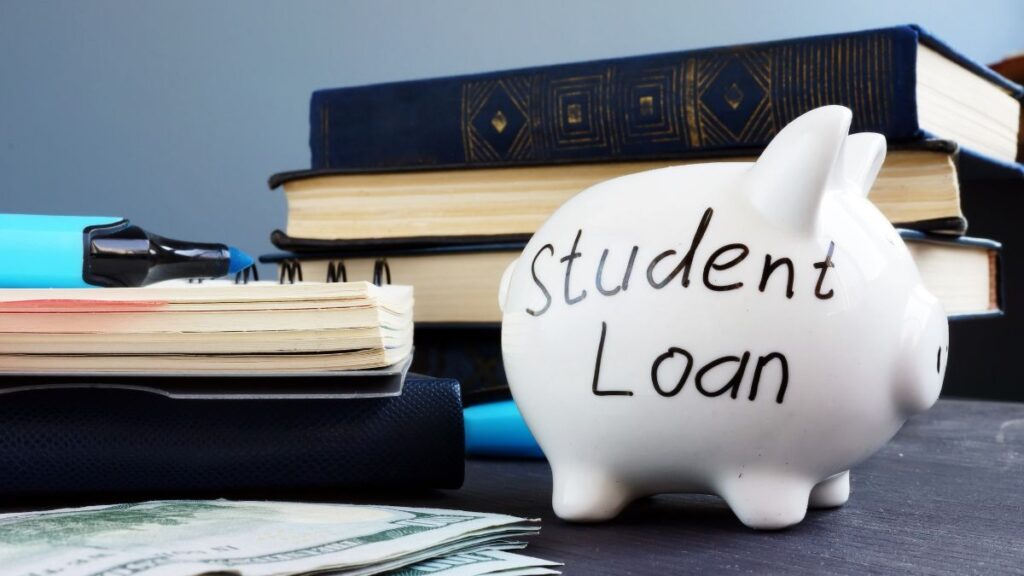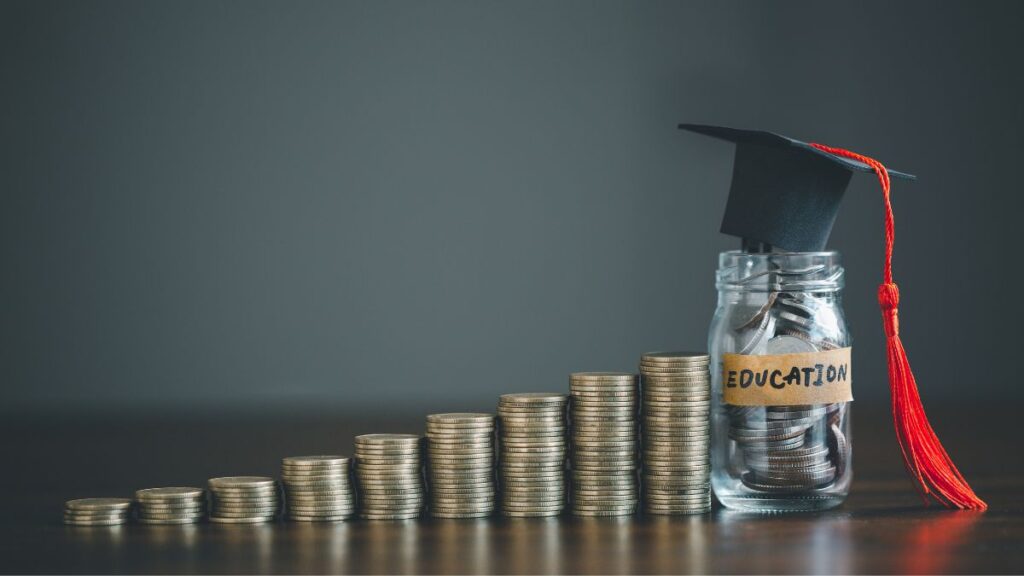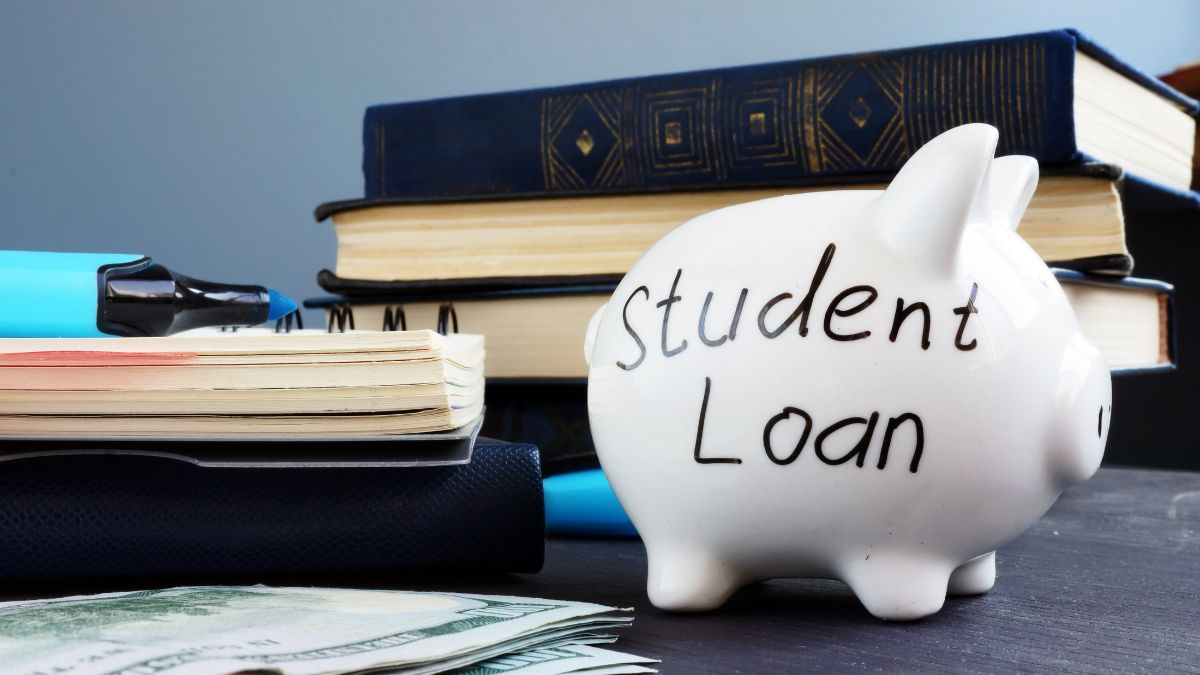Student loan debt has long been a burden for millions of Americans, and discussions about relief have intensified in recent years. Latest on Student Loan Relief. The global pandemic brought the student loan crisis into sharper focus, with the U.S. government taking unprecedented actions to ease the financial strain on borrowers. As of 2024, new developments and proposals continue to shape the landscape of student loan relief. In this article, we’ll explore the latest updates on student loan relief, the key changes borrowers need to know, and what lies ahead for future borrowers. Latest on Student Loan Relief.

1. Overview of the Student Loan Crisis
Student loan debt in the United States has surpassed $1.7 trillion, affecting over 43 million borrowers. The burden of paying off these loans impacts not only graduates but also the broader economy. High levels of student debt can delay major life milestones, such as buying a house, starting a business, or saving for retirement. Latest on Student Loan Relief.
Federal student loans account for the majority of this debt, with private loans making up a smaller portion. The mounting financial pressure has led to widespread calls for reform and relief, culminating in various proposals aimed at alleviating this burden.
2. Pandemic-Era Relief Efforts
During the COVID-19 pandemic, the U.S. government introduced a temporary pause on federal student loan payments, known as the CARES Act. This relief measure, initially enacted in March 2020, included the suspension of interest accumulation and required no payments on federal student loans. The relief was extended multiple times, providing significant financial relief to millions of borrowers. Latest on Student Loan Relief.
While the payment pause offered short-term relief, it did not eliminate the underlying issue of mounting student loan debt. Borrowers were left wondering what would happen when payments resumed, leading to calls for more permanent solutions. Latest on Student Loan Relief.
3. Student Loan Forgiveness Programs
Student loan forgiveness has become a focal point of relief discussions. Several programs already exist to forgive federal student loans under specific circumstances: Latest on Student Loan Relief.
- Public Service Loan Forgiveness (PSLF): This program forgives the remaining balance on federal loans after borrowers make 120 qualifying monthly payments while working for a government or non-profit organization. Latest on Student Loan Relief.
- Teacher Loan Forgiveness: Teachers who work in low-income schools for five consecutive years may be eligible for forgiveness of up to $17,500 on certain federal loans.Latest on Student Loan Relief.
- Income-Driven Repayment (IDR) Forgiveness: Borrowers on income-driven repayment plans can have their remaining loan balance forgiven after 20 or 25 years, depending on the plan.Latest on Student Loan Relief.
While these programs offer some relief, many borrowers struggle to navigate the complex rules and requirements, and a large number have been denied forgiveness due to technical errors or paperwork issues. Latest on Student Loan Relief.
4. Biden Administration’s Approach to Student Loan Relief
The Biden administration has made student loan relief a central focus of its domestic policy agenda. President Biden has voiced support for wide-scale student loan forgiveness, though the amount and structure of relief remain a point of contention. Latest on Students Loan Relief.
In 2022, President Biden announced a proposal to forgive up to $10,000 in federal students loan debt for borrowers earning less than $125,000 annually. Additionally, borrowers who received Pell Grants—federal aid provided to low-income students—would be eligible for an additional $10,000 in forgiveness, bringing their total relief to $20,000. Latest on Student Loan Relief.
This proposal has been met with both praise and criticism, and legal challenges have slowed its implementation. Nonetheless, it has sparked hope for millions of borrowers who have been waiting for meaningful debt relief. Latest on Students Loan Relief.

5. Supreme Court’s Ruling on Students Loan Forgiveness
In 2023, the Supreme Court struck down President Biden’s students loan forgiveness plan, ruling that the executive branch overstepped its authority in implementing broad-scale forgiveness without congressional approval. The decision effectively halted the administration’s plan to forgive up to $20,000 in debt for millions of borrowers. Latest on Student Loan Relief.
While this ruling was a setback for borrowers hoping for immediate relief, it has not ended the conversation. The Biden administration has since vowed to explore alternative pathways for forgiveness, including working with Congress to pass new legislation and exploring new executive actions. Latest on Students Loan Relief.
6. Restart of Student Loan Payments
As the pandemic-era payment pause comes to an end, borrowers face the reality of resuming their loan payments. In September 2023, the Biden administration confirmed that federal students loan payments would resume in October 2023, with interest starting to accrue again. Latest on Students Loan Relief.
This marked the end of more than three years of paused payments, and millions of borrowers are now navigating how to adjust their budgets to accommodate these payments once again. For many, the resumption of payments comes at a challenging time, with inflation and economic uncertainty still present. Latest on Students Loan Relief.
7. Changes to Income-Driven Repayment Plans
In addition to loan forgiveness, the Biden administration has introduced changes to income-driven repayment (IDR) plans to make them more affordable for borrowers. The new SAVE Plan (Saving on a Valuable Education) is designed to reduce monthly payments and provide more substantial forgiveness for low- and middle-income borrowers.
Under the SAVE Plan:
- Borrowers’ monthly payments will be capped at 5% of their discretionary income (down from 10%).
- The income threshold for making payments will be raised, meaning that more borrowers with low incomes will have $0 monthly payments.
- Any remaining balance will be forgiven after 10 years of payments for those with original loan balances of $12,000 or less (compared to 20 or 25 years under previous plans).
These changes aim to ease the financial burden on borrowers and provide a clearer path to forgiveness.
8. Temporary Expanded PSLF Program
In 2021, the U.S. Department of Education introduced a Temporary Expanded Public Service Loan Forgiveness (TEPSLF) program to address the challenges borrowers faced in qualifying for PSLF. Many borrowers who thought they were on track for forgiveness found that they did not meet the program’s strict requirements, often due to being in the wrong repayment plan.
TEPSLF offered a limited-time waiver that allowed borrowers to receive credit for payments made under any repayment plan, as long as they met the other eligibility criteria for PSLF. This waiver was set to expire in 2022 but has since been extended through 2024, offering more borrowers the chance to qualify for forgiveness.
9. Employer-Based Student Loan Assistance
In response to the growing students loan crisis, more employers have started offering students loan repayment assistance as part of their benefits packages. These programs typically involve employers making direct contributions to an employee’s students loan balance, helping them pay down their debt faster.
The CARES Act included a provision allowing employers to contribute up to $5,250 annually toward an employee’s students loans without it being counted as taxable income. This benefit has been extended through 2025, encouraging more employers to adopt these programs.
Employer-based assistance is a growing trend that can provide meaningful relief for employees struggling with student debt, and it is expected to become a more common offering in the coming years.
10. State-Level Student Loan Forgiveness Initiatives
In addition to federal programs, many states have introduced their own students loan forgiveness initiatives to attract workers to specific professions or underserved areas. For example, several states offer loan forgiveness for teachers, healthcare workers, and public service professionals who commit to working in rural or high-need communities.
These state-level programs can be a valuable resource for borrowers who qualify, offering relief in exchange for service in critical fields. Borrowers should research the programs available in their state to see if they may be eligible for forgiveness. (786)

11. The Future of Student Loan Relief
The future of students loan relief remains uncertain, but it is clear that the issue will continue to be a central topic of discussion in American politics. With the Supreme Court’s ruling on Biden’s forgiveness plan, the focus has shifted to other methods of relief, such as expanding existing programs and pursuing new legislative solutions. (786)
Borrowers should stay informed about changes to federal and state policies, as well as employer-based assistance programs, to take full advantage of available relief options. The next few years are likely to bring continued developments in students loan relief, and proactive borrowers can position themselves for the best possible outcome.
12. How to Stay Informed About Student Loan Relief
Given the complexity of the students loan system and the frequent changes to relief programs, it is crucial for borrowers to stay informed. The Department of Education’s website is an excellent resource for the latest updates on federal loan forgiveness programs, repayment plans, and relief measures.
Borrowers should also regularly check their loan servicer’s website for information about their specific loans and repayment options. Additionally, financial advisors or students loan counselors can provide personalized guidance on navigating the relief landscape and optimizing repayment strategies.
Conclusion
The students loan crisis has left millions of borrowers struggling to manage their debt, and while recent relief efforts have provided some respite, the path forward remains uncertain. From pandemic-era payment pauses to new income-driven repayment plans, borrowers have seen significant changes in the past few years. However, with payments resuming and legal challenges to broad forgiveness, the burden of students loan debt continues to weigh heavily on many.
Staying informed and proactive about available relief options is essential for borrowers navigating this challenging financial landscape. Whether through federal forgiveness programs, state-level initiatives, or employer-based assistance, there are multiple paths to relief, though none are without their complexities.

FAQs
- When will student loan payments resume?
Student loan payments resumed in October 2023 after more than three years of pandemic-related pauses. - How does the SAVE Plan help borrowers?
The SAVE Plan caps monthly payments at 5% of discretionary income and offers forgiveness after 10 years for low-balance borrowers. - What is the status of Biden’s student loan forgiveness plan?
The Supreme Court struck down the plan, but the Biden administration is exploring alternative pathways for relief.
